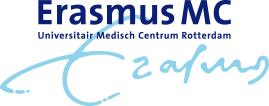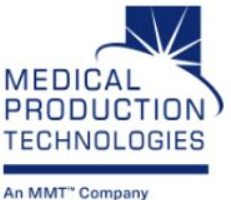A tiny microscope in a tough spot
Small, optical microscopes can be brought into the body to make precise images of diseased organs. For instance, biopsies may be prevented if the lungs can be studied via the airways. Often more information than just the image, for instance about the tissue composition, is needed. In MI-OCT, a consortium of a research hospital and three Dutch SMEs set out to create a new type of microscope that can track tiny movements in the tissue and so assess, for instance, its hardness.
This new instrument is an enabling technology that can unlock many forms of new diagnostics. Here, this project will develop a new imaging probe for imaging in the lungs. Every year, about 35,000 patients are diagnosed with lung fibrosis: due to a variety of conditions (including COVID-19), the lungs become scarred and stiff, and cannot absorb oxygen anymore. After diagnosis, their life expectancy is just 3 years. In today’s practice, the diagnosis is made based on CT images, which lack the resolution to detect early disease. For this reason, a (highly risky) lung biopsy is taken in up to 50% of patients.
The instrument will consist of a long, thin wire with a glass fibre inside, and a very small motor at the end to scan the light beam. This device is coupled to a superfast laser to make images inside the lung with a resolution of 10 μm. As the patient breathes, the lung tissue deforms due to the changing pressure. Detecting this motion lets us detect fibrosis at an early stage, opening up early treatment options.
This project will demonstrate this new technology in a small clinical study, comparing the tissue images and elasticity info with traditional biopsies. The new catheter, along with a complete technical file, will be transferred to a new start-up for product development.
For more information please visit this website.




